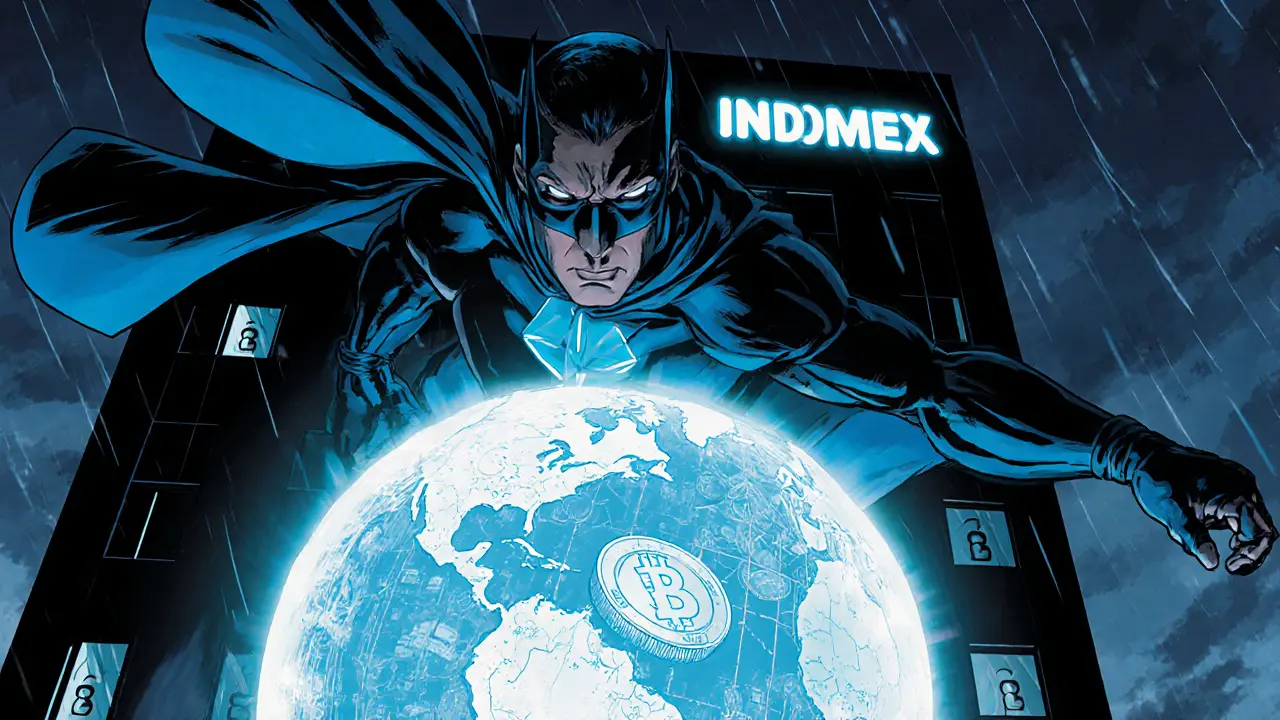When talking about Exchange Security, the set of practices, technologies, and regulations that keep crypto trading platforms safe from hacks, fraud, and operational failures. Also known as platform security, it is the backbone of any trustworthy Crypto Exchange, an online marketplace where users buy, sell, or swap digital assets. A solid security framework starts with thorough Security Audits, independent reviews of code, infrastructure, and processes that spot vulnerabilities before attackers can exploit them and relies on Cold Storage, offline wallets that keep the bulk of funds away from internet‑connected systems. Finally, Regulatory Compliance, adherence to legal standards like KYC, AML, and licensing requirements, shapes the security posture by enforcing accountability. Together, these pieces form a safety net that protects both your assets and the exchange’s reputation.
Ever wondered why some exchanges survive massive attacks while others disappear overnight? The answer boils down to three semantic relationships: exchange security encompasses security audits, exchange security requires cold storage solutions, and regulatory compliance influences exchange security. When an audit uncovers a flaw in smart‑contract logic, the exchange can patch it before a hacker exploits it. When the majority of assets sit in cold storage, a breach of the web server only puts a small slice of money at risk. And when regulators demand transparent reporting, exchanges are forced to implement stricter controls, which in turn raise the overall security bar.
Most traders focus on price charts and ignore the underlying safety nets. That’s a risky habit because a single breach can erase months of gains in seconds. Think about the 2022 incident where a popular DEX lost $30 million due to a smart‑contract bug—nothing about the market signals warned users beforehand. The lesson here is simple: a platform’s security health is just as important as its trading features.
So, how do you evaluate exchange security before depositing funds? First, check if the exchange publishes recent audit reports. Reputable platforms often link to third‑party audit PDFs or GitHub repos. Second, look for a clear cold‑storage strategy—many exchanges disclose the percentage of assets kept offline. Third, verify the exchange’s licensing status and whether it follows local AML/KYC rules. These three checkpoints give you a practical security score without needing a PhD in cryptography.
Security isn’t static; it evolves with new threats. Quantum‑ready cryptography, AI‑driven fraud detection, and decentralized insurance are emerging trends that will reshape how exchanges defend themselves. Keeping an eye on these developments helps you stay ahead of the curve and choose platforms that are proactive rather than reactive.
Below you’ll find a curated list of articles that dive deep into each of these aspects. From detailed reviews of specific exchanges’ fee structures and security measures to guides on regulatory landscapes in Indonesia, Thailand, and the UAE, the collection offers both broad overviews and nitty‑gritty analysis. Whether you’re a beginner looking for a safe place to start or an experienced trader comparing advanced security features, the posts give you actionable insights to make smarter, safer decisions.

A detailed review of International Domestique Exchange (INDOMEX), covering features, fees, security, mobile app, and a side‑by‑side comparison with Indonesia's Indodax.